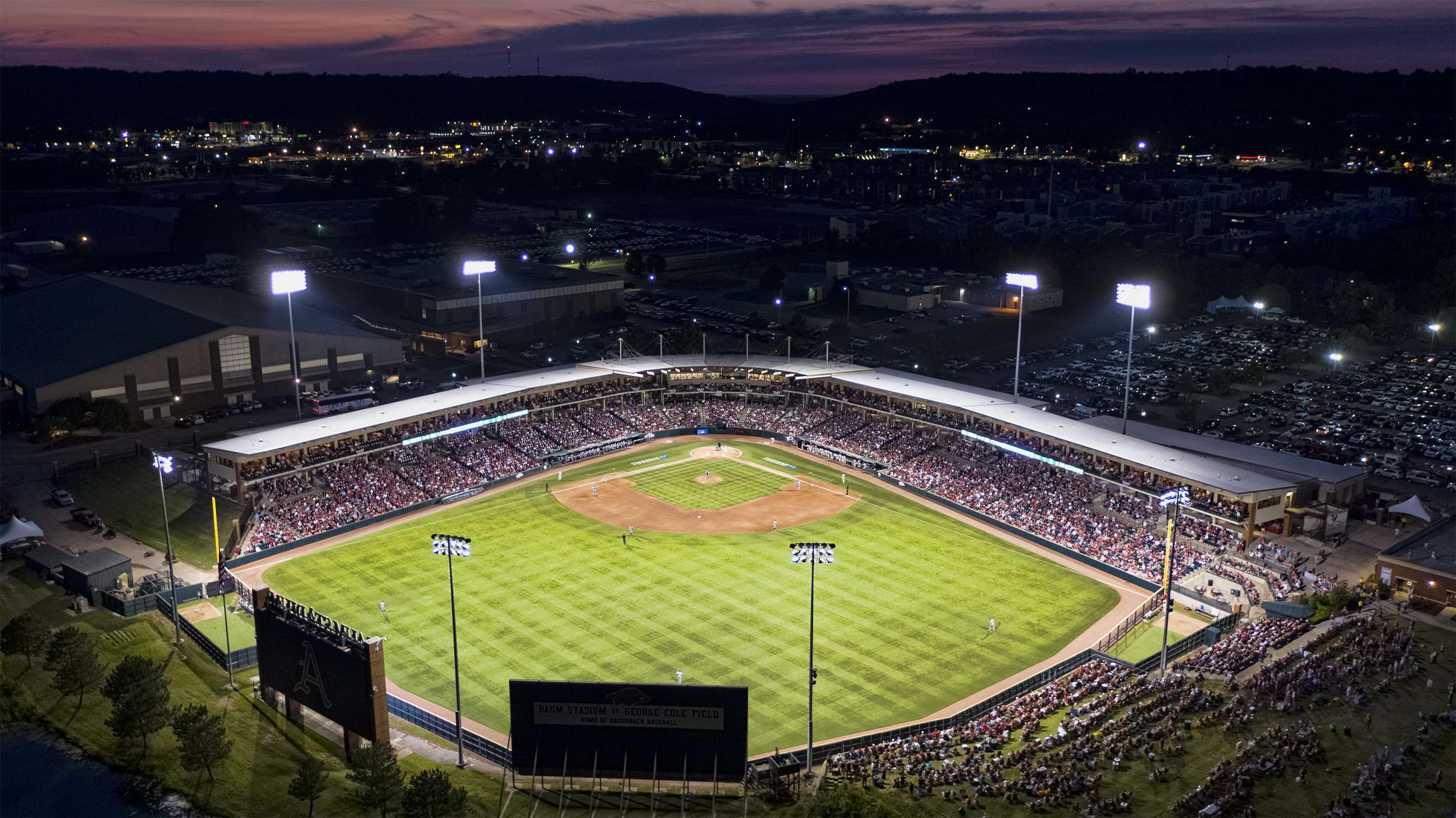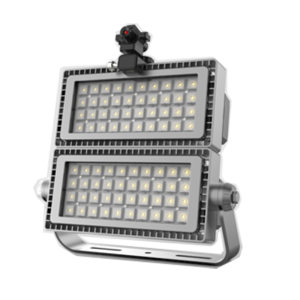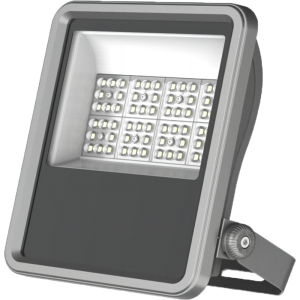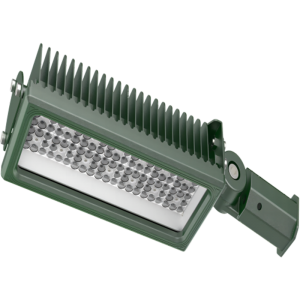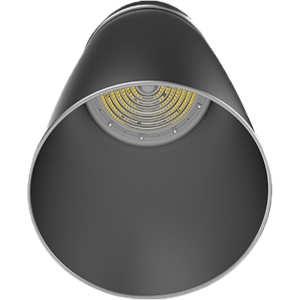Seaports are the bustling hubs of global trade, where colossal cargo ships navigate intricate channels for loading and unloading. Yet, beneath the towering cranes and rumbling engines lies a crucial, yet often overlooked element: lighting. A well-designed and maintained seaport lighting system illuminates not just the physical landscape, but also the path towards efficiency, safety, and environmental responsibility.
A Guide to Installation
- Planning for Performance: Before installation begins, a thorough needs assessment is crucial. This involves identifying specific activity types in different zones (cargo handling, access roads), environmental factors (wind, fog), and existing infrastructure.
- Strategic Placement: Installation height plays a vital role. Consider factors like activity (higher illumination for cargo handling), fixture throw distance, and minimizing light trespass to prevent ecological disruption. Consulting a lighting professional ensures optimal placement for each zone.
Seaport Lighting Installation Process:
- Site Preparation: Prepare designated areas for pole installation by clearing vegetation, leveling ground, and potentially trenching for underground cabling.
- Pole Installation: Securely install poles based on the lighting design plan, considering wind load and seismic activity in your region. This might involve concrete foundations, anchor bolts, or other appropriate methods.
- Electrical Wiring: Run electrical cables from the power source to each pole location. If burying cables, ensure proper depth and use appropriate conduit for protection.
- Fixture Mounting: Mount the chosen lighting fixtures onto the poles following the manufacturer’s instructions.
- Electrical Connection: Connect the cables to the fixtures, ensuring all connections are secure and weatherproof.
- Testing and Commissioning: Thoroughly test the entire system to verify functionality, confirm proper light levels, and ensure there are no electrical faults.
Ports prioritize illumination to create safer environments
- Enhanced Visibility: Adequate lighting levels at strategic heights ensure clear visibility for personnel working on docks, ships, and surrounding areas. This significantly reduces accidents involving vehicles, pedestrians, and cargo handling equipment.
- Minimized Glare: Improper fixture selection and placement can create glare hotspots, hindering vision and causing fatigue. Selecting the right fixtures and strategically positioning them promotes a safer work environment.
- Improved Security: Well-lit areas deter criminal activity and enable security personnel to effectively monitor the port perimeter, fostering a more secure environment for personnel, cargo, and port operations.
- Emergency Preparedness: Backup lighting systems with the correct installation height provide crucial illumination during emergencies like power outages or accidents. This ensures safe evacuation and facilitates effective response efforts.
Sustainable lighting solutions are the path to a greener future for ports.
- Reduced Light Pollution: Strategic placement of fixtures and proper selection minimize light spillover beyond the designated port area. This reduces light pollution, protecting nocturnal wildlife and sensitive ecosystems in the vicinity of the port.
- Energy Efficiency: LED fixtures, combined with a well-maintained system, lead to lower energy consumption. This results in a smaller carbon footprint for the port’s operations, contributing to a more sustainable future for the maritime industry.
- Sustainable Practices: Proper maintenance extends the lifespan of lighting fixtures, minimizing the need for frequent replacements and disposal of potentially hazardous materials. This commitment to responsible practices reduces environmental impact.
By prioritizing installation, safety, and environmental impact, seaport authorities can ensure a well-lit environment that fosters efficient operations, prioritizes the safety of personnel, and demonstrates a commitment to a sustainable future. Investing in a well-designed and maintained seaport lighting system is an investment in the future of the maritime industry.




